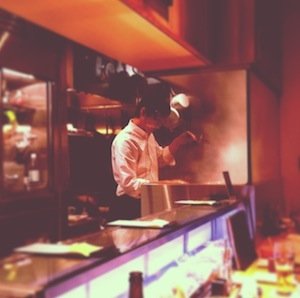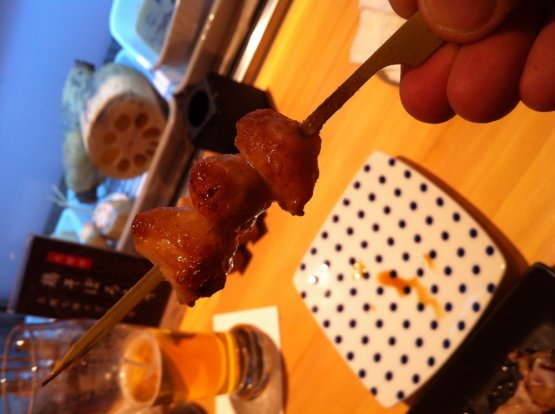It would be impossible, it would be a paradox, to go to Japan without abandoning oneself to the thousand culinary facets that characterise this extraordinary country and its millennial tradition. For a chef, it represents the Holy Grail, the Bible, Moana Pozzi, Ducasse, God, Jesus put all together, and perhaps something more. Japan has everything, it is everything: knives, sushi, yakitori, Japanese women, shabu shabu, and not the Philippine one, that is, Ryugin, Narisawa, Sapporo beer, Asahi… Lost at the edge of the world, full of volcanoes, earthquakes, tsunamis, it is slightly larger than Italy but with twice as many people, with lots of nuclear energy but capable of having the best of all.

It’s as if for a Japanese, only the best existed. The fish needs to be the best, and so for vegetables, meat, knives, tea, and also public transport, schools, roads, police... The concept of an individual rising above the others does not exist: children are taught to be a team during the course of their life, always and no matter what. They have to work together in order to take care of the interests of the Rising Sun. In fact, not everything is like this - and how could it be? – but what one perceives at first is indeed perfection, and absolute rigour, and, as my grannie always used to say «it’s the first impression that counts».
Let’s start with Kyoto: we get on board the Shinkansen train as soon as we arrive at Tokyo’s airport and off we go. The Shinkansen is ugly. But, most of all, they are slow! The ticket inspectors on the train bow. I mean, they BOW when asking you for the ticket! The toilets are CLEAN on every car. Before dinner we have a nice aperitif in the hotel’s bar, called the Touzan Bar, which is considered one of the best bars in Kyoto. Not to stress our liver too much, so early in the evening and especially after two bottles of Riesling on the plane, we opt for two fantastic Hendrick's-style gin tonics. Of course, a Japanese barman needs at least 12 minutes to prepare a cocktail: the ice-cube needs to be perfect, everything needs to be perfectly dosed. When you point out that the Hendrick's is served with cucumber, instead of lemon, you’re screwed… you need to wait for a total of 24 minutes for a cocktail, so you order a new one as soon as the first one arrives. Indeed, you learn something new every day.

For the first dinner, we choose a great classic of Japanese cuisine, and both feeling like two Italian versions of
Bourdain we move towards the yakitori Mecca, namely
Wabiya, a minuscule restaurant with 10 seats in which the only serve chicken skewers. In other words, they take the chicken themselves, which have grown on the slopes of Mount Fuji, perhaps even a little “radioactive”, the caress them during their whole lives, they feed them with caviar and then they kill them. At
Wabiya they divide them in the different yakitori pieces. We thus discover that there are different cuts, such as pieces of liver or of heart, lung or entrails, and finally the most important part, the butt! On average, skewers cost 3 euros and there are 20 different types. Let’s say 2 of each type and you off you go again.
1. to be continued